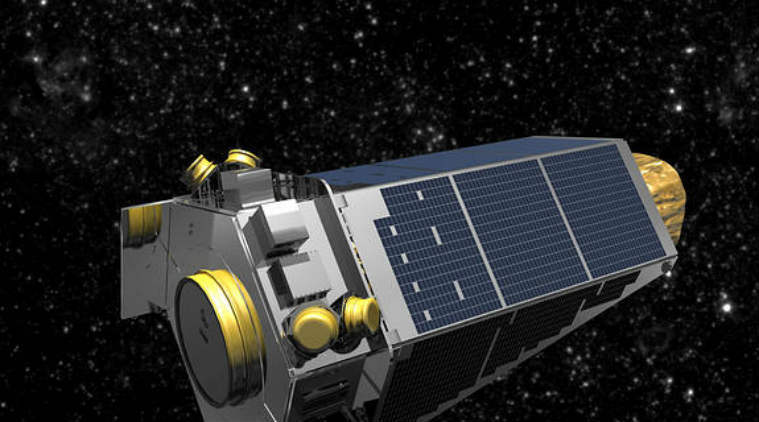
Although only about half its size, both may be similar to Neptune in our solar system, with compositions dominated by gases rather than rock, and they likely weigh around 7 and 5 times Earth’s mass, respectively, making them mini-Neptunes. The other two planets, TOI 270 c and d, are, respectively, 2.4 and 2.1 times larger than Earth and orbit the star every 5.7 and 11.4 days. Based on statistical studies of known exoplanets of similar size, the science team estimates TOI 270 b has a mass around 1.9 times greater than Earth’s. It orbits the star every 3.4 days at a distance about 13 times closer than Mercury orbits the Sun. The innermost planet, TOI 270 b, is likely a rocky super-Earth about 25% larger than Earth. The M-type dwarf star is about 40% smaller than the Sun in both size and mass, and it has a surface temperature about one-third cooler than the Sun’s. In 2019, NASA’s Transiting Exoplanet Survey Satellite (TESS) discovered a super-Earth and two mini-Neptunes orbiting a faint, cool star about 73 light-years away in the southern constellation of Pictor. Exoplanets at the upper limits of the super-Earth size limit can also be referred to as sub-Neptunes, or mini-Neptunes. But in the range of 3-10 times the mass of Earth, there might be a wide variety of planetary compositions, including water worlds, snowball planets, or planets that, like Neptune, are composed largely of dense gas. We don’t yet know enough about these planets to tell at what point they might lose a rocky surface.

Super-Earths can be up to 10 times more massive than Earth. Over the last three decades, we have discovered all kinds of strange planets we never knew existed and that have no analog in our solar system.

55 Cancri e, also known as Janssen, orbits a star called Copernicus only 41 light years away.


 0 kommentar(er)
0 kommentar(er)
